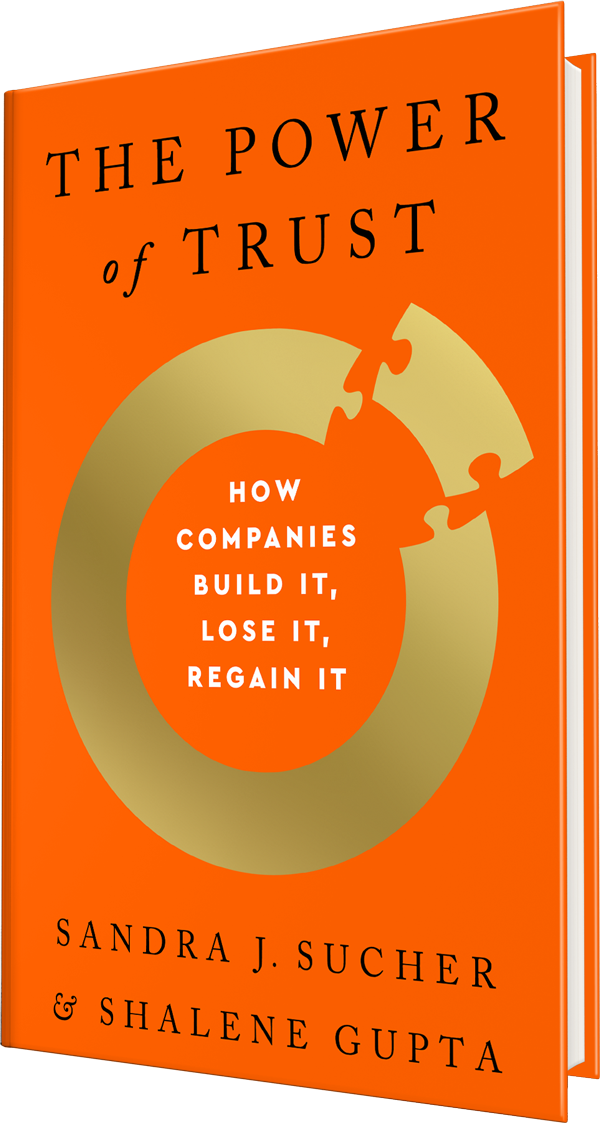In these uncertain times, trust has never mattered more. This is especially true for business: a recent study by Deloitte finds that a scandal or adverse event related to trust can erode a company’s market cap by up to fifty percent and 85 percent of customers will abandon a brand in the wake of such an incident. Even if customers return, the economic impact of trust is undeniable, but what is it? Poorly understood, efforts to build corporate trust are often nothing more than meaningless exercises in reputation management.
According to Harvard Business School experts Sandra J. Sucher and Shalene Gupta trust is indeed definable, measurable, unfixed, and salvageable. In THE POWER OF TRUST: How Companies Build It, Lose It, Regain It, they distill two decades of research to give trust a spine and provide a framework to help companies understand what trust is and how to earn it.




